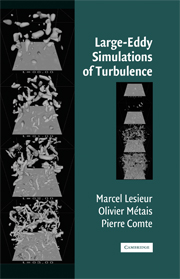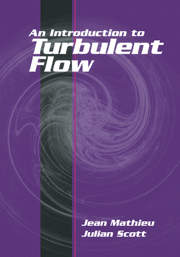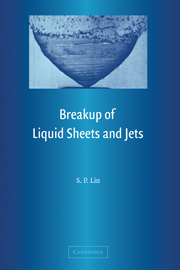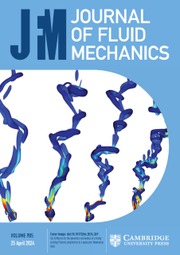Large-Eddy Simulations of Turbulence
Large-Eddy Simulations of Turbulence is an ideal introduction for people new to LES [large-eddy simulation], direct numerical simulation and Reynolds-averaged Navier-Stokes simulation, and as a reference for researchers. Of particular interest in the text are the detailed discussion, in Chapter 2, of vorticity, pressure, and the velocity gradient tensor, quantities useful for probing the results of a simulation, particularly when looking for coherent vortices and coherent structures. Chapters 4 and 5 feature an in-depth discussion of spectral subgrid-scale modeling. Although physical-space models are generally more readily applied, spectral models give insight into the requirements and limitations in subgrid-scale modeling and backscattering. A third special feature is the detailed discussion in Chapter 7, of large-eddy simulation of compressible flows previously only available in articles scattered throughout the literature. This will be of interest to those dealing with supersonic flows, combustion, astrophysics, and other related topics.
- Chapter 2 presents a detailed discussion or vorticity, pressure, and the velocity gradient tensor, useful for probing the results of simulation
- Chapters 4 and 5 contain an in-depth discussion of spectral subgrid-scale modeling
- The discussion in Chapter 7 of large-eddy simulation of compressible flows was only available in scattered articles
Reviews & endorsements
'This book is an organized and structured presentation of the main achievements of the term created and lead by Marcel Lesieur in Grenoble since the 1980s in the field of large-eddy simulation of turbulent flows … very richly illustrated, including very nice supplementary online movies, which help the reader to understand the flow dynamics. This movie gallery is certainly unique, and will be useful to all teachers of fluid mechanics. … This book is a good first course in the field of LES. … anyone interested in taking a first look at LES … will enjoy it … This book is certainly a welcome complement to others dealing with LES, since it is the only one to provide the reader with a large number of LES results. It can therefore be recommended to all involved in Computational Fluid Dynamics, including researchers, engineers and PhD students.' Journal of Fluid Mechanics
Product details
October 2005Hardback
9780521781244
232 pages
262 × 182 × 15 mm
0.582kg
118 b/w illus. 1 table
Available
Table of Contents
- 1. Introduction to LES
- 2. Vortex dynamics
- 3. LES formalism in physical space
- 4. Spectral LES for isotropic turbulence
- 5. Spectral LES for inhomogeneous turbulence
- 6. Current challenges for LES
- 7. LES of compressible turbulence
- 8. Geophysical fluid dynamics.






